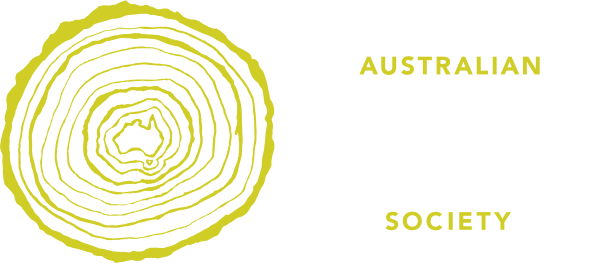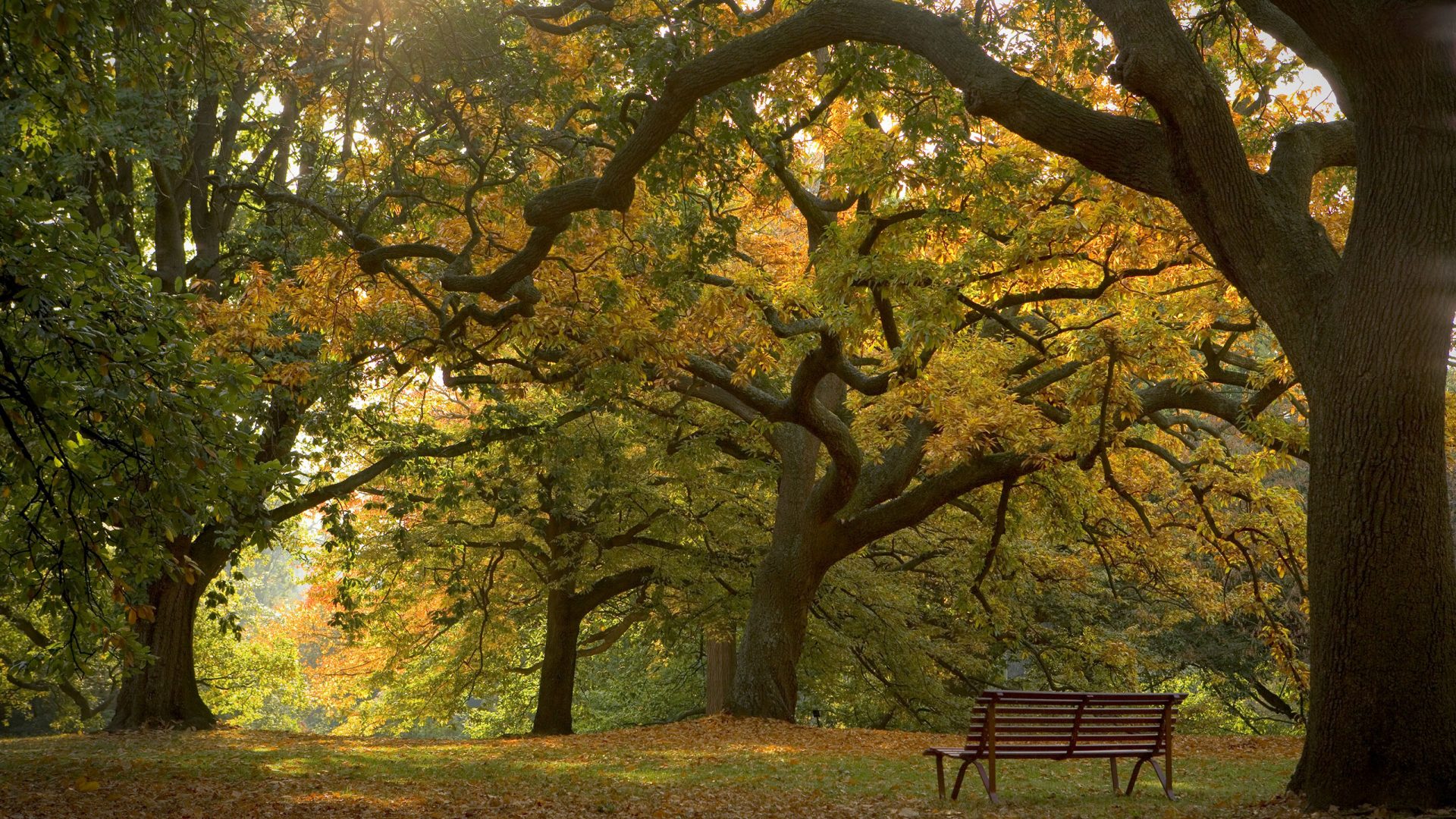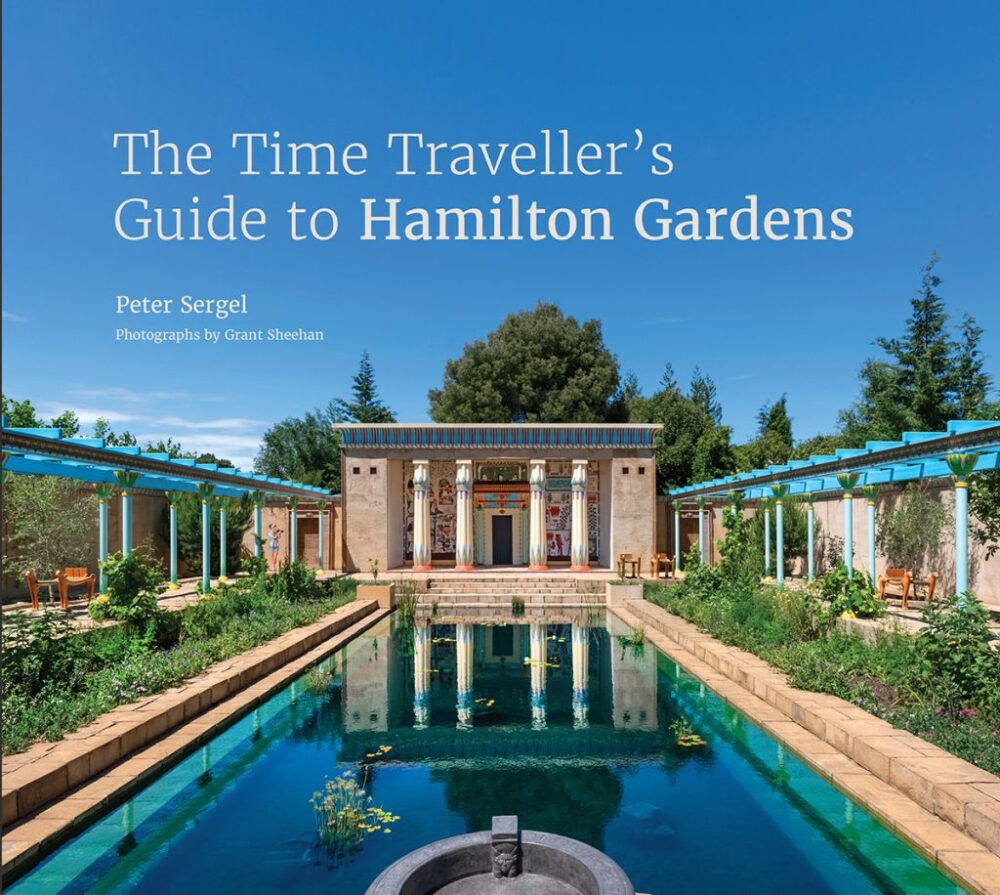The Time Traveller’s Guide to Hamilton Gardens by Peter Sergel, photographs by Grant Sheehan Phantom House Books, 2024
I always enjoy visiting the Hamilton Gardens but have often thought they are a bit like a horticultural Disneyland, with gardens from different eras and countries gathered in one location.
This very simplistic view is quickly dispelled on reading Peter Sergel’s impressive tome, The Time-Traveller’s Guide to Hamilton Gardens, which recounts the history of the site from rubbish dump to a place of beauty and interest. The award by Tripadvisor of a Best of the Best International ranking in July 2023 confirms the success of the transformation.
At first glance a sophisticated guidebook, The Time Traveller’s Guide is so much more, revealing the hidden meanings behind the individual garden designs and the Gardens as a whole. Sergel was the director of the gardens for 43 years so is well placed to chart its history.
The concept for the gardens was developed in 1979 and approved by the Hamilton City Council in 1980. Lack of money meant that until 1999 Government subsidised labour schemes were used for things such as building retaining walls. In addition to this there was strong community support for the Gardens, with committees and trusts contributing; the Indian Char Bagh Garden Trust is made up of several Indian communities and the Chinese Garden had a trust with members of the Chinese community.
The book is divided into eight chapters, the first seven group the 30 gardens –18 existing, three under development and nine proposed – into Gardens of the Ancient World, Gardens of the Silk Roads, Gardens of the European Renaissance, Gardens of the Age of Enlightenment, Gardens of the Age of Empires, Gardens of the Modern Age and Gardens of the New Age. The final chapter looks at the background to the gardens and the partnerships that have enabled them to be created. The book is illustrated with lush photography by Grant Sheehan, one of Aotearoa’s most experienced commercial photographers.
There are two New Zealand gardens – Te Parapara Garden and the Mansfield Garden – which reflect the indigenous and settler populations of the country. The text on both explains the ideology behind each garden and places it in its local as well as its historical context.
Te Parapara Garden comes under the Gardens of the Ancient World umbrella. Sergel explains the way in which the garden explores how people (in this case the Polynesians who reached New Zealand between 1250 and 1275) had to ‘quickly adapt to new unfamiliar environments requiring resourceful ways of producing food’. There is a description of the produce available at the time, some of which is now grown in Te Parapara Garden.
The Mansfield Garden is one of the ‘Gardens from the Age of Empires’. It is a visual representation of New Zealand author Katherine Mansfield’s short story ‘The Garden Party’. A façade of a house similar to one in which she lived in Wellington sits in a pretty Victorian garden. On the nearby tennis court a marquee stands empty but with food and drink ready to be enjoyed, while vacated chairs with instruments leaning against them indicate the string quartet is taking a short break. This garden is described as reflecting ‘the surprisingly uniform nature of the European settlements established throughout the colonies’.
Peter Sergel writes that ‘it was never going to be possible to arrange the gardens chronologically, so to give it [the Hamilton Gardens] structure, the existing and proposed gardens are grouped in five collections – Fantasy, Paradise, Landscape, Productive and Public Gardens’. The Mansfield Garden is also part of the Fantasy Garden Collection in which each garden ‘has a relationship to one of the arts and the genres of fantasy that have often inspired garden innovation’.
The six appendices include a list of plants commonly used in, or relevant to, each of the 30 gardens. Another appendix gives the reader suggestions of where to go to visit existing gardens in the historical style of those recreated at the Hamilton Gardens.
Having not yet seen it, I was keen to read about the Ancient Egyptian Garden, another of the Gardens of the Ancient World. Sergel states the purpose of this garden was to show that ‘early belief systems brought communities together and in some later civilisations this belief dominated their culture, including their arts and their gardens’. As with all the other gardens the text for the Ancient Egyptian Garden is meticulously footnoted and the many bibliographic references provide further reading if you are keen to learn more.
The Time-Traveller’s Guide to Hamilton Gardens is more than just a history of the Hamilton Gardens, it is also a history of gardens and gardening over the world, and across the centuries. Like the Hamilton Gardens themselves it is an excellent resource for those seeking to extend their knowledge of garden history.
Clare Gleeson’s latest book, The Fairer Side of Buxton, Cuba Press, Wellington, will be published on 30 October.



